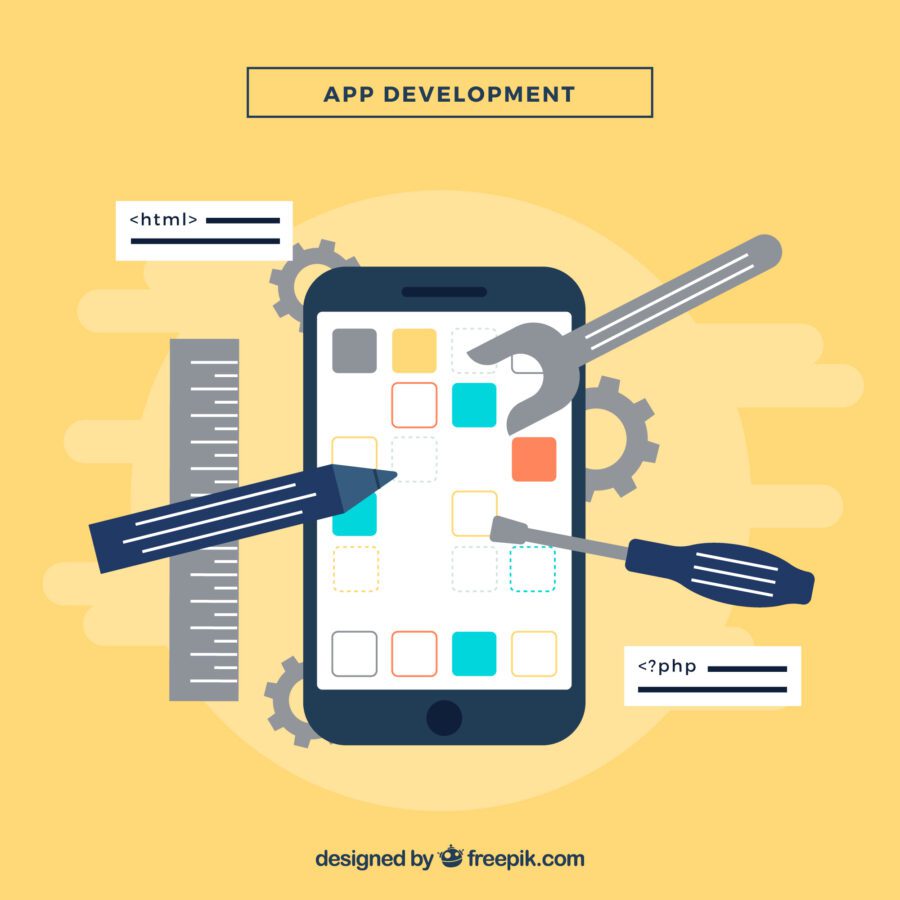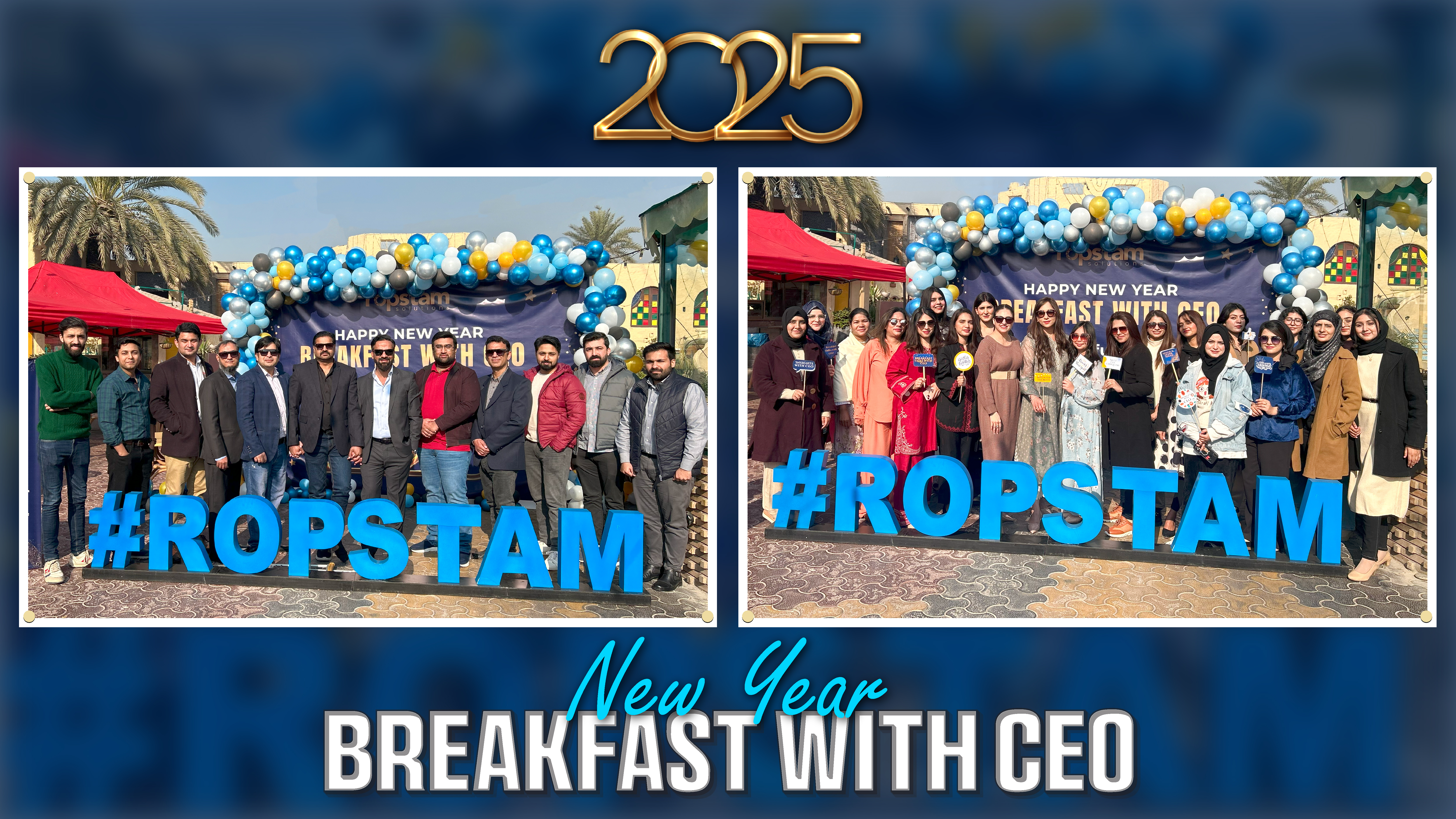In today’s day and age, every developer is well aware of the growing adoption of React.js. A popular open-source framework, React has been leveraged by social media platforms like Facebook, WhatsApp, and Instagram. Thanks to its properties like independent components and crafting user-friendly interfaces, React aligns perfectly with the scope of headless content management system (CMS).
But with a multitude of options, which one should you select for your React-based projects? Fortunately for you, here I have compiled a list of the best headless CMS for React to make your life easier.
Best Headless CMS for React that web developers can use and benefit from
It’s time to dig deeper into this topic and analyze the top content management system platforms for the React library to build powerful applications.
| React Headless CMS | Key Characteristics | Pricing Model |
| Butter |
|
From $83 to $333 per month |
| Dato |
|
Free version available |
| Netlify |
|
Free version available |
| Agility |
|
From $1249 to $2499 |
| Flotiq |
|
Free version available |
| Tina |
|
Free version available |
| Cosmic |
|
Free version available |
| Strapi |
|
From $9 to $29 per month |
| Sanity |
|
From $99 to $949 per month |
| Storyblok |
|
From $90 to $3000 per year |
1. Butter
Butter is an all-in-one headless CMS platform designed for React and other modern frameworks, offering a blend of simplicity for marketers while maintaining the developer flexibility inherent in a headless CMS.
Its key strengths lie in its user-friendly interface and marketing-focused features, which include built-in SEO tools, content personalization, and marketing automation capabilities. Butter CMS also excels in multi-site management, allowing content to be repurposed across different websites and platforms with ease, all from a single dashboard.
2. Dato
Dato is a Headless CMS option for React with a focus on delivering real-time content updates and modular content blocks. These are particularly useful for creating custom dynamic layouts in React applications. Its key advantages include advanced asset management with a powerful CDN, making content delivery fast and reliable worldwide.
Additionally, this CMS offers multilingual support, allowing businesses to tailor content for a global audience. The platform’s intuitive interface and robust API make it a favorite for both developers and content creators.
3. Netlify
Netlify is an open-source headless CMS that integrates into Git workflows, making it a strong candidate for teams already using Git for version control. This CMS is designed to be React-friendly and provides a customizable UI built on React itself, which developers can tailor to their specific needs.
But that’s not all. Netlify’s rich text editor is aimed at non-technical users, simplifying content creation. Netlify CMS is known for its extensible authentication support, ensuring secure and flexible user access.
4. Agility
Agility offers a flexible content architecture that enables developers to define and manage their content structures effectively, ensuring a perfect fit for React applications. One of its significant strengths is the ability to manage pages visually through a page tree, coupled with options for both synchronous and asynchronous content fetching.
Moreover, Agility CMS also provides a preview environment, allowing for real-time content previews before going live, advanced user roles, and permissions for team collaboration.
5. Flotiq
Interestingly, Flotiq is designed with an API-first approach, making it a suitable headless CMS for React developers looking to integrate content into their applications quickly. It provides easy-to-use content type definitions and SDKs for rapid development.
Some of Flotiq’s main benefits include webhooks for real-time updates and a strong focus on documentation and community, ensuring that developers have the resources they need. The platform is also known for its ease of use, making it accessible for teams of all skill levels.
6. Tina
A famed headless CMS tailored for the React ecosystem, Tina is designed to offer a unique inline editing experience to users. The CMS is built to integrate smoothly with Git, providing version control for content.
Tina’s extensible plugin architecture and its framework-agnostic capabilities allow it to work with various technologies and enhance its functionality according to specific project needs.
7. Cosmic
Cosmic is an intuitive, easy-to-use Content Management System that offers a mix of ease of content modeling and powerful media management. Its GraphQL API is one of its standout features, enabling efficient data fetching, which is highly beneficial for React developers.
Cosmic’s key characteristics include localization features for delivering content in multiple languages and a range of webhooks and integrations to connect with other services. Its media library is another strong point, facilitating effective multimedia content management.
8. Strapi
Strapi is a self-hosted headless CMS that gives developers full control over their CMS and data, making it highly customizable. It generates customizable REST or GraphQL APIs based on the content structure, which is a significant advantage for React applications.
Strapi’s benefits include – but are not limited to – a customizable admin panel, robust authentication and permissions system, as well as a vibrant community and plugin ecosystem that contribute to extending the platform’s capabilities.
9. Sanity
Sanity is a handy CMS known for its real-time collaborative editing capabilities and portable text feature, which is a boon for content serialization. The CMS offers a customizable studio dashboard that can be tailored to project-specific requirements, making it highly adaptable for React developers.
Some of its advantages are rich data modeling and extensibility with plugins, allowing for sophisticated content structures and enhanced functionality within the React ecosystem.
10. Storyblok
Storyblok is an eminent, and arguably one of the most important, headless CMS that distinguishes itself with a unique visual editor, enabling content creators to see changes live as they manage content.
It provides nestable content blocks for dynamic layout creation and supports content staging environments. Moreover, Storyblok is its built-in asset manager and support for rich content relationships, which are essential for managing complex data structures within React applications.
What is a React headless CMS?
A Headless Content Management System (CMS) is a back-end-only web content management solution that acts as a content repository, providing content to the front end through a set of APIs. It lacks the “head” (the front-end part), which typically involves templates and the website’s presentation layer. This allows developers to use any front-end tool to display the content, making it extremely flexible and customizable.
React, a popular JavaScript library for building user interfaces, pairs exceptionally well with headless CMS due to its component-based architecture. A React headless CMS is essentially a headless CMS that is optimized for use with the React ecosystem, providing a seamless integration for developers to pull content into React applications.
The criterion for selecting the ideal headless CMS for React
As the landscape of headless CMS options grows, it becomes increasingly important to evaluate each option against several key criteria that align with the specific needs of your project. Here, we will explore four essential selection criteria that should guide you in choosing the right headless CMS for your React-powered website or web app.
1. Content modeling capabilities:
The ability to define, manage, and structure content is at the heart of a great CMS. A headless CMS that provides robust content modeling capabilities will allow you to create content structures that mirror the unique requirements of your application.
Needless to say, this includes defining custom content types, fields, and relationships. You should look for a CMS that offers the flexibility to build complex content models while maintaining ease of use for content creators.
2. API support and documentation:
It is pertinent to mention that any headless CMS is only as powerful as its API and the documentation that supports it. The CMS should provide a well-documented, reliable, and performant API that can easily integrate with React. Whether it’s RESTful or GraphQL, the API should allow for efficient data retrieval and manipulation.
Moreover, comprehensive documentation will speed up the development process and reduce the learning curve for developers.
3. User-friendly interface:
While developers may be focused on APIs and content modeling, content creators need an intuitive and user-friendly interface. A good headless CMS should balance technical capability with usability, offering a clean and accessible UI that empowers non-technical users to manage content with confidence and minimal training.
4. Collaboration features:
In today’s collaborative work environment, a headless CMS must facilitate teamwork and content collaboration. Features such as real-time editing, role-based access control, versioning, and approval workflows are crucial for maintaining an efficient content production process. These features ensure that teams can work together without a fuss, regardless of their physical location.
Advantages of React headless CMS
Let’s discuss some of the strengths of React headless CMS that make them such an attractive option:
1. Flexibility and scalability:
React’s modular nature combined with a headless CMS allows developers to create highly customizable user experiences. They can scale their applications with ease, adding or modifying content without affecting the front-end structure.
2. Enhanced performance:
Since the CMS only provides the content, developers can optimize the front end for performance without the bloat of traditional CMS themes and templates. This often results in faster page load times and a smoother user experience.
3. Omnichannel delivery:
A React headless CMS can deliver content beyond websites to any internet-connected device like mobile apps, IoT devices, and even VR/AR environments, ensuring a consistent content experience across all platforms.
4. Improved developer workflow:
Developers can leverage their preferred tools and frameworks when working with a headless CMS. This encourages a better development workflow, with React developers able to work in a familiar ecosystem.
5. Simplistic content management:
Content creators can manage their content in one place and have it distributed across various channels without needing to consider the implementation details, leading to a more effortless content management process.
Final thoughts
When it comes to choosing a content management system for your React-based project, there are a handful of options available. Some are suited for small-scale projects, while others are preferred for complicated projects. The final decision should be customized and made after evaluating the pros and cons of each CMS.
If you are seeking top-tier React development services, look no further than Ropstam Solutions. With our expertise, we transform your visions into innovative, high-performing web applications. Ready to elevate your online presence with React? Let’s discuss your project today.














